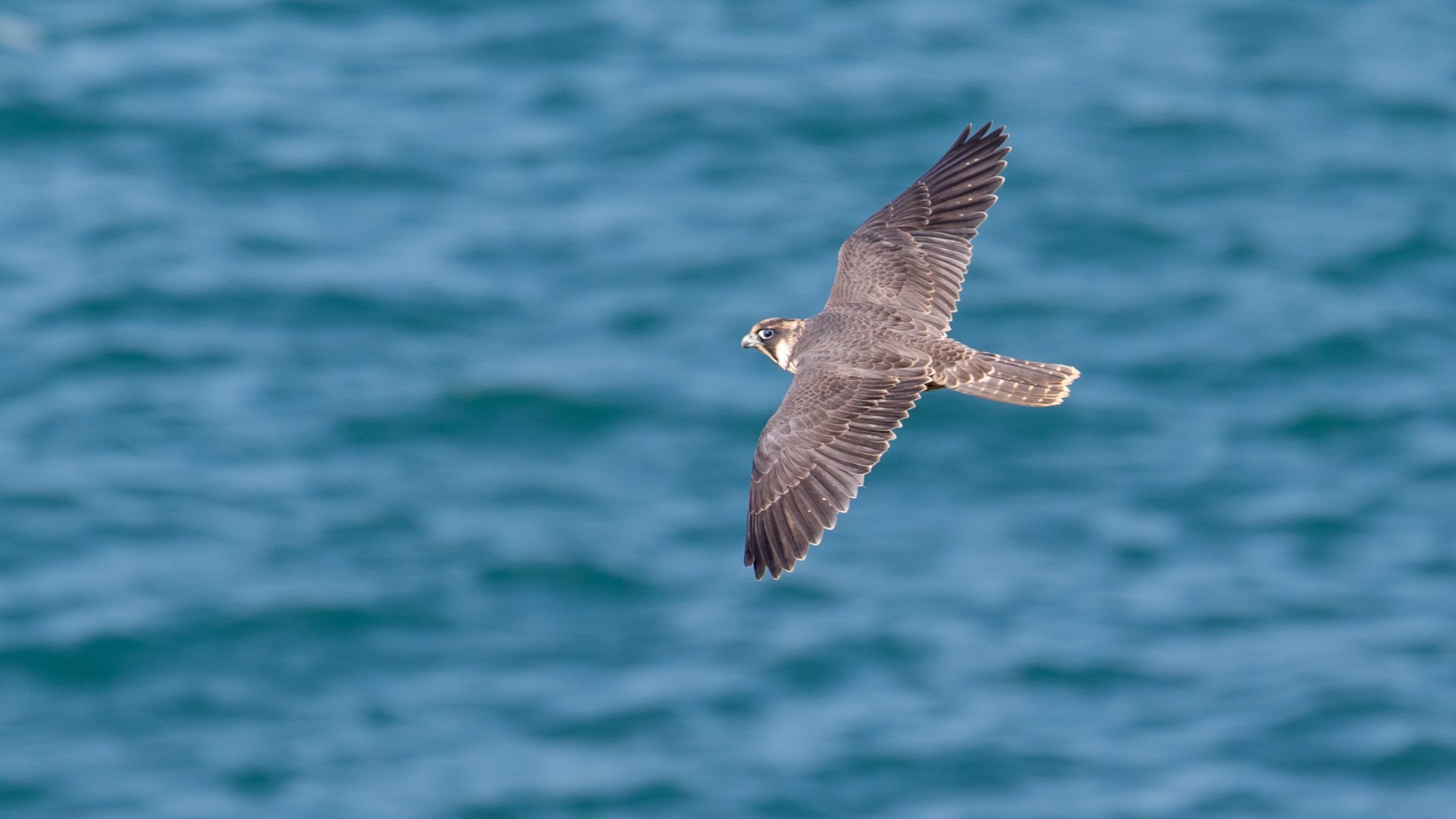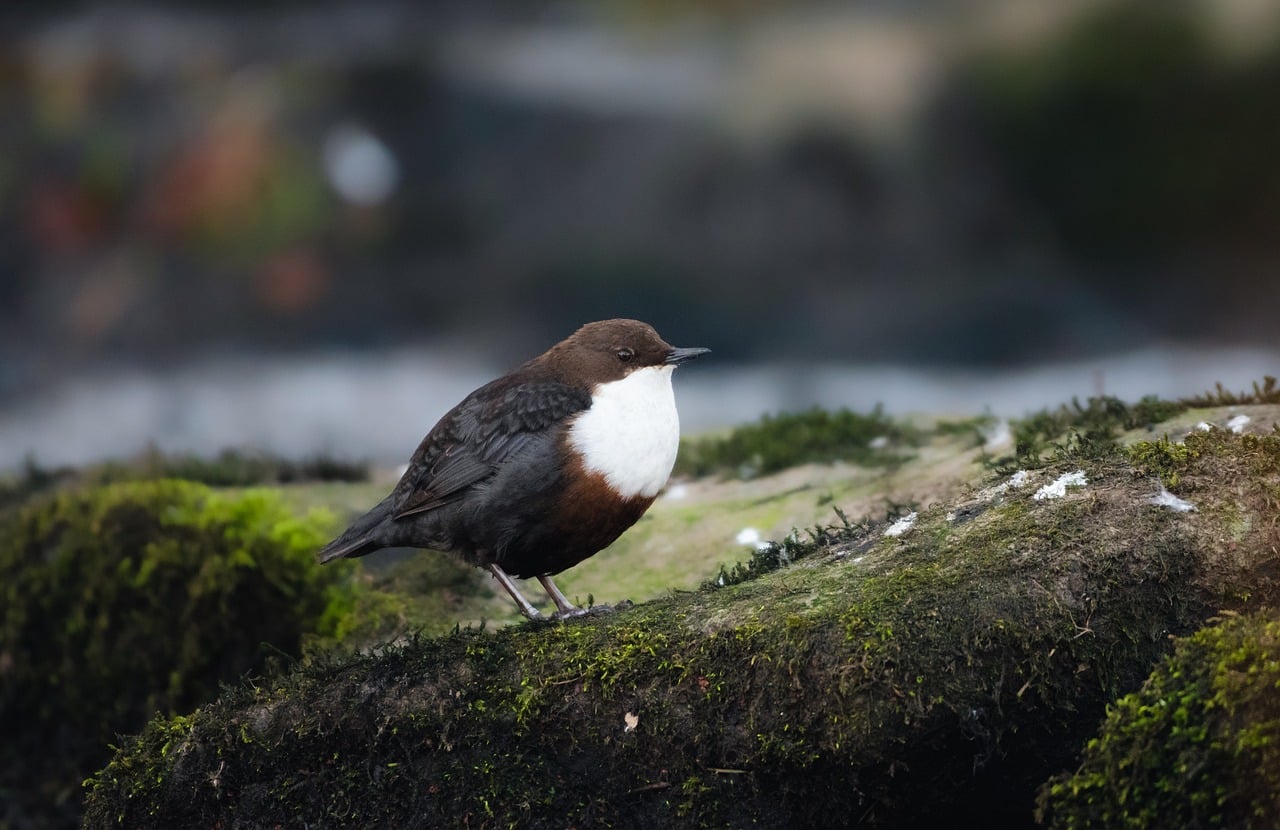Even with the known risks to health and ecosystems, conventional agriculture is hooked on chemical pesticides
Things are better than they used to be on the pesticides front. For example, my childhood encounter with DDT is very unlikely to be repeated nowadays, which is just as well. However, pesticide use remains an issue we need to look at long and hard.
First, my recollection from the bad old days of pesticide misuse.
Growing up in Nicosia in the 70s, my siblings and I were always rescuing strays, so we had many cats and kittens around the house and garden. These happy pets always suffered the odd flea, but one particular summer, things got out of hand. It was a serious infestation and we were all being bitten, not just the cats. Various remedies were tried, but with little success. In the end, my parents had to call in the health department officers, and our cats were rounded up and isolated in an outhouse. Kittens, cats and outhouse were then all doused with generous quantities of DDT. The pesticide worked on the fleas, but it is a memory that makes me shudder, knowing what we now know about this dangerous insecticide and the extent of its use.
Such a “game changer” was the organochloride DDT for pest control, that the discovery won Swiss chemist Paul H Müller the 1948 Nobel Prize. Worldwide, from 1950 to 1980, farmers used more than 40,000 tons of DDT a year. DDT was a key part of the ‘green revolution’: the rush to high-chemical-input farming that led to huge increases in agricultural yields across the globe (the ‘green’ in this revolution refers to richly fertilised crops, not ecology). It was also crucial in the fight against malaria.
It was a while before the very serious downsides of DDT became clear – and, shamefully, a while longer before the pesticide was banned. In 1962, came Rachel Carson’s landmark book ‘Silent Spring’ – the title alludes to the pesticide toll on songbirds and other non-target species. Carson’s book played a crucial role in alerting the world to the dangers of pesticide use, and DDT in particular. The toxic organochloride and its dangerous breakdown products persist in ecosystems and actually accumulate up food chains (because the toxins build up in the fatty tissues of animals exposed to it, so successive predators accumulate pesticide carried by their prey). This ‘biomagnification’ effect means organochlorides and other pesticides have greatest impact on top-of-the-food-chain predators.
The Peregrine Falcon, for example, was driven to extinction in many areas by DDT use. In Cyprus, the extinction of the Dipper – a charismatic little bird not seen in our mountain streams since 1945 – could well have been linked to widespread spraying of DDT. Exposure to DDT has also been linked to tumors and birth defects in humans, and the pesticide is a likely carcinogen. Ten years after Silent Spring sparked public outrage, the US banned DDT. Not until 2004 was a worldwide ban put in place on DDT use in agriculture, though it is still used today for malaria control in some countries.
Even if the ‘worst of the worst’ pesticides have been – or are being – withdrawn from use, what remains in circulation is hardly innocent. What we need is a shift to a new and far less chemical-based way of viewing the challenge of pest control in agriculture.
For the most part, we have moved away from ‘broad spectrum’ chemical agents to concoctions that kill in a more targeted way, and to products that break down to non-toxic compounds in time. Both of these factors are very important, reducing the impact of pesticide use on ecosystems.
However, even more selective pesticides such as Glyphosate – the world’s favourite herbicide – can still have ‘dark sides’ that only become apparent with time and research. Just as with DDT, it can still take a while before such nasty findings lead to the necessary withdrawal. Glyphosate – first synthesized in 1950 – is considered one of least dangerous ‘weed-bashers’, as it specifically disrupts a biochemical pathway found only in plants and certain microorganisms. However, glyphosate exposure has now been shown to be bad for bacteria living as symbiotic ‘life partners’ in honeybee guts, helping bees digest their food. As a result, exposure to glyphosate sprayed in gardens, parks and on crops means reduced growth, altered metabolisms and increased vulnerability to pathogenic bacteria for bees, those vital pollinators. If the risk to bees is not alarming enough, glyphosate has also been found to be toxic to aquatic life, and the World Health Organization classified it as a likely carcinogen for humans in 2015. Yet glyphosate is still not subject to a blanket ban in the EU.
The underlying issue here is that, even with the known risks to health and ecosystems, conventional agriculture is hooked on chemical pesticides (and artificial fertilisers too). The profits involved in high-yield, chemical agriculture are huge, which means there are powerful interests vested in its continuation. The ‘addiction’ to a high-input, high-output system is hard to break. Cyprus is a prime example of this, with one of the highest levels of pesticide use in the EU. The recent, march-of-the-tractors protests by local farmers, angry at EU efforts to limit pesticide use, showed just how attached to pesticides our growers are. Never mind that the chemical-heavy production model exhausts and undermines the ecosystems underpinning all farming, making it unsustainable in the long run.
Catastrophic declines in Europe’s farmland birds are perhaps the clearest evidence of this ecological collapse: systematic monitoring shows wild bird numbers in farmland ecosystems down by 60 per cent since 1980, across Europe. Behind this dramatic loss of farmland biodiversity is agricultural intensification and, in particular, the widespread use of chemical pesticides and fertilisers.
Direct or indirect pesticide poisoning plays a part, but the main issue for birds is the very effectiveness of chemical sprays in wiping out insects, leaving them with little to eat or raise their chicks on. You might simply say (as indeed the big farming lobby does routinely state) that reducing insect numbers is what pesticides are for, while adding that without spraying, insects would chew up our crops. This would leave a growing human population with not enough to eat, so it may be bad luck for the wild birds, but a ‘necessary evil’ for the sake of production. This – in a nutshell – is the line in support of the continuation of ‘business-as-usual’ farming. Except that, in the bigger picture, the gaps in this pro-chemical farming argument are big enough for a fleet of trucks to steer through, with ease…
More targeted than in the old days they may be, but pesticides still do not, no matter how carefully they are applied, differentiate effectively between a pest insect and a beneficial insect. Killed along with the unwanted insects are the predator insects that would naturally help keep the pests in check. The wild birds we are fast wiping out would also perform the same pest control service. After the spraying, plant-eating pest insects reproduce and recover much faster than do predator insects (or other natural predators, such as birds or bats). This is simply an ecological fact-of-life, predators have evolved a strategy for slower reproduction so they don’t outstrip their prey.
Modern monocultures mean baby pests are born into a “sea” of their favourite food, with natural predators removed – perfect conditions for a population explosion. As a result, a downward spiral is generated by pesticide use and monocultures, with pests bouncing back fast as their predators struggle to keep up. This means the farmer is forced to use even more pesticide to deal with the returning pests, and on it goes. Meanwhile, pests are busy evolving resistance to pesticides. Swedish houseflies showed resistance to DDT as long ago as 1946, and almost 600 insect and mite species and over 500 weed species have become resistant since the 1950s. This drives a search for new chemical weaponry.
The above said, this is not an all-out anti-pesticides polemic. With apologies to organic farmers everywhere (for I am a fan), I am saying that if judiciously used, even synthetic chemicals – or at least the best of these chemicals – do have a role to play in sustainable farming. It just needs to be an integrated role, a smaller part in a bigger production management scenario that works with rather than against the farmland ecosystem. No more ‘just in case’ spraying, but rather chemicals used as a last resort, with precision, when natural predators cannot do the job alone.
Natural predators can be re-introduced and actively encouraged, in what is called biological pest control. Of course, this more holistic approach involves leaving some corners of natural space in farmland, for the natural predators to exist in. Such ‘space for nature’ is part of the shift we need to make, away from monocultures to a more mixed and diverse farming system.
Will this more gentle and sustainable approach produce the high yields of chemical farming? No, it will not. It does however, have the huge advantage of actually being sustainable (those farmland birds could actually begin to come back). This vision for a less intensive, lower production system is only sustainable if we as consumers start eating rather less, and especially less meat and dairy. This would be good for our health in any case, so really not such a bad idea.
A shift to more eco-friendly farming practices will have significant additional benefits. It would mean more pollinators surviving, for a start. Less obvious is the positive link to climate change. Ecological farming methods have a strong focus on maintaining soil health. Taking better care of the soil can allow more carbon to be captured and stored. Even if just half of agricultural land globally stored just 1 per cent more carbon, gigatonnes of CO2 would be locked up; enough, in fact, to keep global warming below the aimed-for 1.5 degrees C limit.
I feel convinced future generations will look back on our current model of intensive agricultural production – and on widespread pesticide use in particular – as a dark chapter of ecological folly. Whichever way you look at it, we are in dire need of a new agricultural revolution, one in which farmers are supported to make the transition away from pesticide and chemical-dependence, to true sustainability.
Martin Hellicar is director of local nature conservation NGO BirdLife Cyprus








Click here to change your cookie preferences